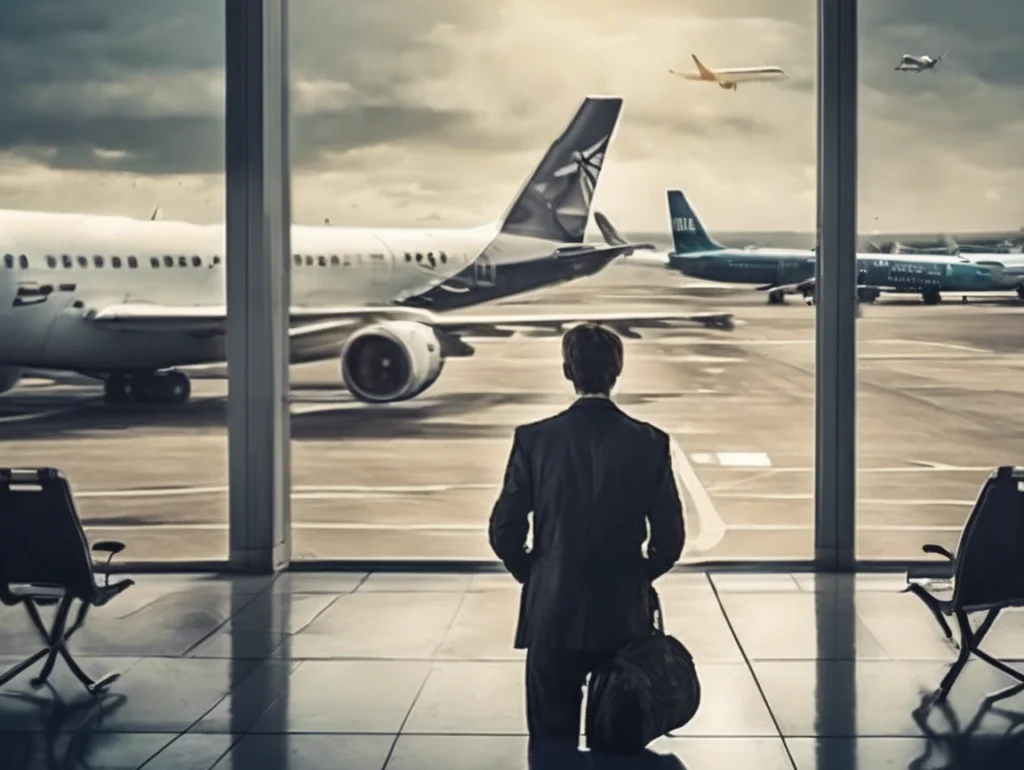The Growing Concern Over Plane Crashes: Safety or Something More Sinister?

By Brian Rice
In recent months, the world has watched with growing concern as several high-profile plane crashes have left passengers, families, and governments grappling with the aftermath. The tragedies are raising questions about aviation safety, with some even suggesting that there may be more at play than just mechanical failures or human error. As global headlines continue to report these incidents, fear among travelers is starting to mount. For some, like Hailey Clements, the prospect of flying has become a source of anxiety.
“I used to love traveling by plane, but after hearing about these crashes, I’m terrified,” says Clements, a 32-year-old business consultant from Tallahassee. “I know it sounds irrational, but after the recent crashes, I can’t shake the feeling that it’s not safe to fly anymore. Every time I step on a plane now, my heart races.”
The fear Clements describes has become more common as a string of tragic accidents have made international news. In January, a plane crash in Nepal claimed the lives of 72 people, and just weeks later, another crash in China resulted in the deaths of 132 passengers. The high profile of these events has left the public uneasy, even as investigations into the causes of the crashes continue.
“I’ve flown thousands of times without incident, and now, just the thought of getting on a plane fills me with dread,” Clements continues. “These accidents seem to be happening more frequently. It makes you wonder if something has changed in the aviation industry, or if it’s just bad luck.”
Despite official investigations and reassurances from authorities, some people, like Raynaldo St. Jean, are asking a different set of questions. St. Jean, a political analyst and conspirator, believes there’s something more sinister at work.
“There’s no way these accidents are just a coincidence,” St. Jean asserts. “The government is covering something up, or there are forces beyond our control manipulating these events. The fact that we’re seeing so many crashes in such a short span of time is highly suspicious.”
While St. Jean’s claims might seem far-fetched to some, they are part of a larger conversation that has gained traction in certain circles. Some conspiracy theorists believe that systemic issues within the aviation industry are being hidden from the public eye, while others point to geopolitical tensions or even new, untested technologies that may be contributing to the accidents.
The Federal Aviation Administration (FAA) and global aviation organizations like the International Civil Aviation Organization (ICAO) continue to stress that air travel remains one of the safest modes of transportation. They point to the rigorous safety standards, inspections, and advancements in aircraft technology that have significantly reduced the number of fatalities in recent decades.
However, the series of accidents has sparked broader concerns about the industry’s preparedness to handle emerging threats, such as the impact of new technologies, cybersecurity vulnerabilities, and the increased pressure on airlines to maintain profit margins, which some fear might come at the cost of safety.
Despite the reassurances, for people like Hailey Clements, the impact of these accidents has been profound. “I’m supposed to fly for work next month, but I’m considering driving instead. I just don’t trust that flying is safe anymore,” she admits, her voice tinged with uncertainty.
For Raynaldo St. Jean, the conversation extends beyond safety concerns. He believes that the string of crashes may reflect deeper issues that the public has yet to fully understand. “It’s important to question everything, especially when you see patterns emerge like this. We can’t ignore the possibility that we’re not being told the whole truth.”
As investigations into the recent crashes continue, the world watches closely. The debate over air travel safety, and whether it’s driven by technological flaws, human error, or something more conspiratorial, is only just beginning. For now, passengers like Clements are left grappling with the reality of a new kind of fear in the sky, while experts like St. Jean continue to push for answers, questioning whether we know the full story behind these tragic events.






